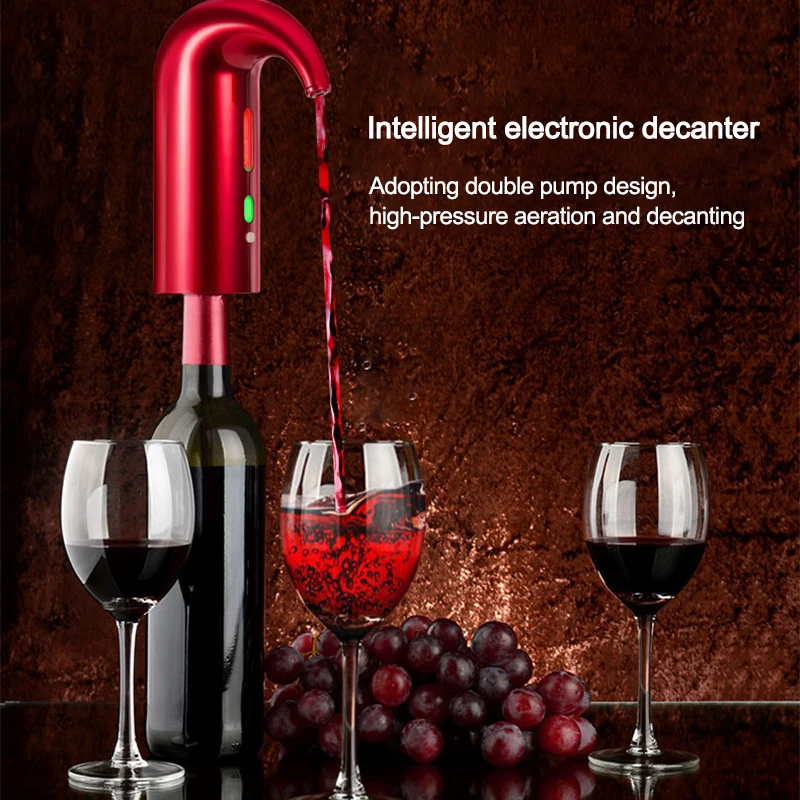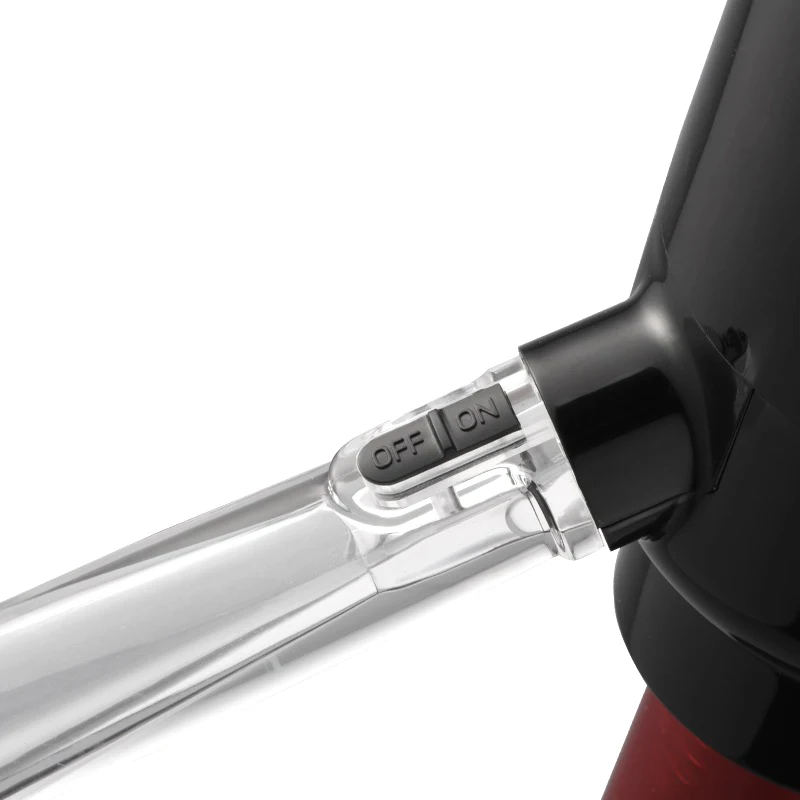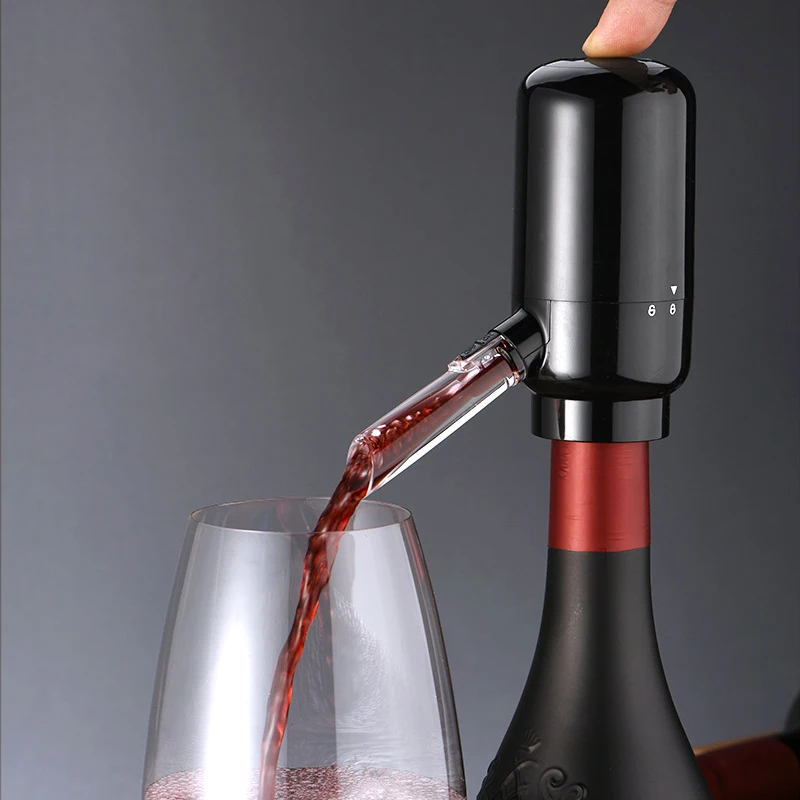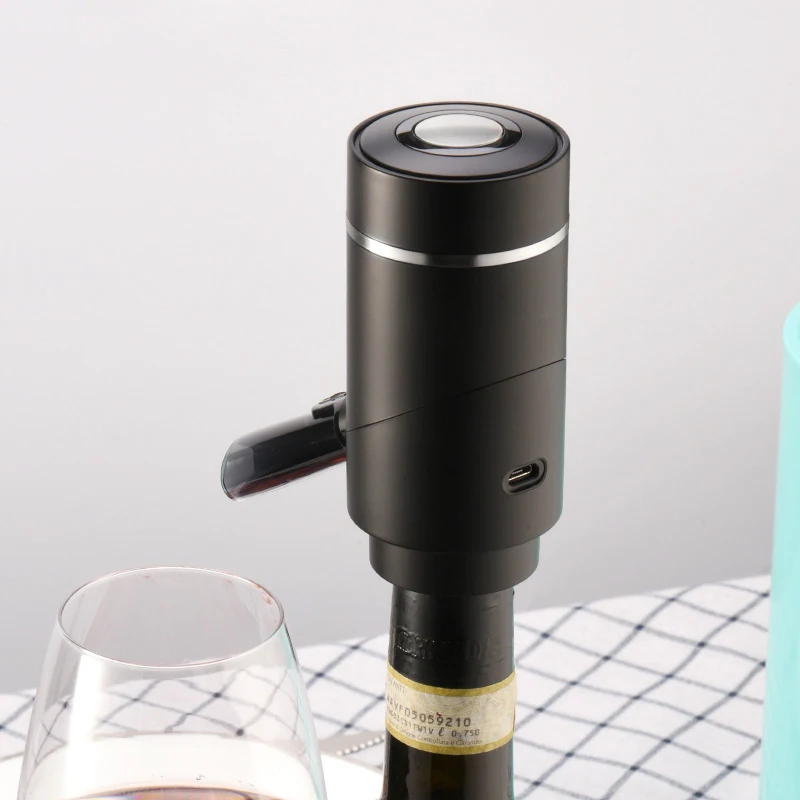Introduction
Decanters play a vital role in the world of wine. They are not just decorative pieces; they actively enhance the wine-drinking experience. Understanding decanters, their uses, and their benefits can transform how you appreciate wine. For both casual drinkers and serious connoisseurs, decanter offer an array of important functions.

What is a Decanter?
A decanter is a vessel used to hold and serve wine. It allows wine to breathe, which is important for releasing its full flavor. Decanters come in various shapes, sizes, and materials. The most common material is glass, but there are also crystal decanters that provide an elegant touch.
Decanters often feature a wide base and a narrow neck. The design serves a specific purpose. The wide base allows air to interact with the wine. This exposure helps to release volatile compounds, enhancing the aroma and taste. The narrow neck helps to control the pouring process. This design minimizes the risk of spilling.
In addition to aeration, decanters serve another important function: separating sediment from older wines. Older red wines often develop sediment over time. This sediment can create an unpleasant mouthfeel if consumed. Pouring the wine carefully into a decanter helps to separate the sediment from the liquid, providing a more enjoyable experience.
The Types of Decanters
When it comes to decanters, variety is the name of the game. You can find many types, each designed for specific purposes or aesthetics.
Traditional Decanters
Traditional decanters often feature an elegant design. They have a wide bottom and a narrow neck. This design helps to aerate the wine effectively. You will often find these decanters in various styles that can suit any table setting.
Crystal Decanters
 Crystal decanters are luxurious and visually striking. The refractive properties of crystal make them an attractive centerpiece. However, they also serve a functional purpose. The thickness of crystal can help maintain the wine’s temperature. For wine lovers, these decanters are often more than just serving vessels; they are works of art.
Crystal decanters are luxurious and visually striking. The refractive properties of crystal make them an attractive centerpiece. However, they also serve a functional purpose. The thickness of crystal can help maintain the wine’s temperature. For wine lovers, these decanters are often more than just serving vessels; they are works of art.
Modern Decanters
Modern decanters come in innovative designs. Some feature angular shapes or unique spouts for pouring. These designs may also maximize aeration, allowing wine to breathe even faster. If you are looking for something stylish and functional, modern decanters offer both.
Purpose-Specific Decanters
Not all decanters are created equal. Some are designed for specific types of wine. For example, a decanter for young red wines may have a wider base than one designed for older wines. Young wines benefit from maximum aeration, while older wines require gentler handling to avoid disturbing sediments.
Bordeaux Decanters
Bordeaux decanters often have a wide body and a long neck. They are specifically designed for bold wines like Cabernet Sauvignon. The design allows larger amounts of air to mix with the wine, enhancing its complexity.
Port Decanters
Port decanters typically have a shorter, wider shape. This design accommodates the unique characteristics of port wine. Port often has more sediment than other wines, so the decanter must facilitate easy pouring while keeping the sediment in the bottle.
The Benefits of Decanting Wine
Decanting offers several benefits that enhance the overall wine experience. Understanding these advantages can encourage anyone to incorporate decanting into their routine.
Enhanced Flavor and Aroma
One of the primary benefits of decanting is the improvement in flavor and aroma. When you pour wine into a decanter, the increased surface area exposes it to oxygen. This exposure helps to release volatile compounds, which can add complexity to the wine. Soon after decanting, you may notice a richer bouquet of aromas. These aromas can make the wine more enjoyable to sip.
Improve the Drinking Experience
Serving wine from a decanter can enhance the drinking experience in several ways. A well-presented decanter elevates the event. Whether it’s a casual dinner or a formal gathering, a decanter can serve as a conversation starter. Guests often appreciate the care that goes into serving wine properly.
Control Over Sediment
As mentioned earlier, older wines can develop sediment. Decanting allows you to separate this sediment from the usable wine. Pour slowly to ensure that you leave as much sediment in the bottle as possible. This step enhances the mouthfeel, preventing a gritty sensation when drinking.

How to Decant Wine Properly
Knowing how to decant wine correctly can significantly improve your experience. Here’s a step-by-step guide to ensure you do it right.
Choose the Right Decanter
The first step is choosing the appropriate decanter for the wine you are serving. As discussed earlier, the type of decanter should depend on the age and style of the wine. For younger wines, opt for a wide-bottomed decanter. For older wines, choose one that allows for controlled pouring to prevent sediment disturbance.
Let the Wine Breathe
Once you have your wine in the decanter, allow it to breathe. This step is crucial for unlocking its full potential. Young wines generally benefit from 30 minutes to an hour of aeration. Older wines, however, may only need about 15-30 minutes. Keep an eye on the wine’s characteristics and taste periodically to identify the optimal time for serving.
Serve with Care
When it’s time to serve, pour slowly and steadily. This technique helps minimize turbulence and reduces the risk of disturbing sediment in older wines. Position the decanter at a comfortable height and angle for pouring. This allows you to serve guests without any spills.
The History Behind Decanters
The history of decanters is both fascinating and rich. Over the centuries, these vessels have evolved in design and purpose.
Ancient Origins
Decanting, as an art form, dates back thousands of years. Ancient Greeks and Romans often used pottery or glass vessels to serve and store wine. These early decanters were often simple and utilitarian but also visually appealing in their own right.
Evolution Through the Centuries
As the centuries progressed, decanters became more ornate. In the 17th and 18th centuries, crystal glassware became popular among the wealthy classes. The designs became more intricate, and the materials transformed. This period saw the introduction of beautifully crafted decanters that served both aesthetic and functional purposes.
Modern-Day Decanters
Today’s decanters make a statement on any table. The advancements in materials and design have made them both practical and artistic. Modern decanters often showcase skillful craftsmanship. They enhance the dining experience by combining tradition with innovation.
Caring for Your Decanter
Once you invest in a quality decanter, it’s crucial to take proper care of it. Proper maintenance will ensure it remains a key part of your wine experience for years to come.

Cleaning Your Decanter
Cleaning a decanter may appear simple, but it requires some care. After each use, rinse the decanter with warm water to remove any residue. Avoid using harsh detergents, as they can leave a chemical taste. If the wine has left stains, consider soaking the decanter in a mixture of vinegar and water. This gentle solution can help break down stubborn stains without damaging the glass.
Storing Your Decanter
When not in use, store your decanter in a safe place. Avoid stacking items on top of it, as this can lead to breakage. Choose a spot where it won’t be exposed to extreme temperatures or direct sunlight. Proper storage extends the life of your decanter.
Handling with Care
Always handle your decanter with care. The glass is often delicate, especially if it’s crystal. Always hold it by the base or neck to avoid dropping it. When pouring wine, use slow, controlled movements to minimize the risk of spillage.
Enjoying Wine: The Full Experience
Incorporating a decanter into your wine routine can profoundly enhance your experience. It’s not just about drinking wine; it’s about savoring it. When you take the time to decant your wine, you engage multiple senses. You smell, taste, and appreciate the visual aspects of the wine.
Pairing Wine with Food
Decanting enhances the experience of pairing wine with food. When flavors and aromas meld together, meals become more memorable. The right wine can elevate even the simplest dish into a gourmet experience. Experiment with different pairings to find what works best for you.
Hosting Wine Tasting Events
Hosting a wine tasting can be a fun and educational experience. When using a decanter, you can make the tasting feel more sophisticated. Encourage guests to take their time sniffing and tasting the wines. Discuss the characteristics of each wine, including how the decanting process has changed its profile.
Best Practices for Decanting Wine
To fully enjoy the benefits of decanting, it is crucial to understand the best practices. When starting to decant, check the age of the wine. Young wines, especially reds, benefit significantly from aeration. For whites, the decision depends on their age and characteristics. A simple rule of thumb is that full-bodied, young reds usually need more time to breathe than older, delicate wines.
To decant properly, begin by standing the wine bottle upright for several hours before serving. This allows the sediment to settle at the bottom. Once ready, gently remove the cork to avoid any disturbance to the sediment. Use a steady hand to pour the wine into the decanter. Aim for an angle that minimizes splashing but allows the wine to flow smoothly.

As you pour the wine, observe the flowing ribbons of liquid. This action provides the wine with exposure to air, and the interaction begins immediately. For younger wines, you can decant them for anywhere from 30 minutes to a few hours, depending on how tightly the wine is packed. It’s always best to taste the wine periodically to determine its optimal state.
Older wines, in contrast, require more care. Decanting them for too long can lead to over-aeration, which may diminish the wine’s subtle nuances. Generally, you can decant older wines just before serving. Doing so can remove sediment while introducing a small amount of aeration without overwhelming the delicate flavors.
Once your wine is decanted, consider the ideal serving temperature. Wines served at the right temperature enhance their characteristics. Red wines usually benefit from slightly cooler temperatures, around 60-65 degrees Fahrenheit, while whites and rosés are best served colder, around 45-55 degrees Fahrenheit. You can achieve this through rapid chilling or warming prior to serving.
Lastly, presentation matters when serving decanted wines. Use a clean, polished glass to pour portions for your guests, allowing them to enjoy the aromatics even before they take a sip. As you pour, encourage your guests to appreciate the appearance and aroma before indulging in the taste. This engagement enriches the whole wine-drinking experience.
Conclusion: Embracing the Decanter
In summary, a decanter serves multiple roles in the wine world. It enhances flavor, improves the drinking experience, and separates sediment. With an array of designs available, there’s a perfect decanter for everyone. By understanding how to use and care for a decanter, you elevate your wine enjoyment to a new level.
So go ahead; embrace the art of decanting. Allow your wine to breathe and explore the full spectrum of flavors and aromas. Add this simple yet transformative ritual to your routine, and you may find that every sip of wine becomes an extraordinary experience.



